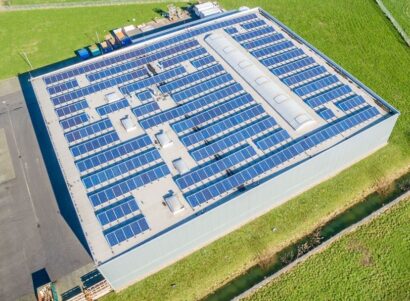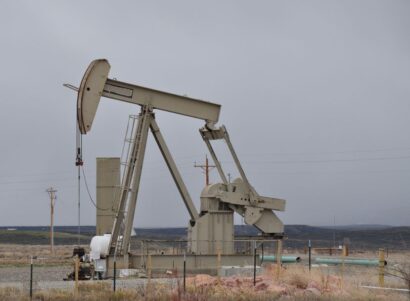Overview
Increased risk of exposure to environmental health hazards near oil and gas wells has generated interest in quantifying populations living in proximity to oil and gas development. Yet available studies on this topic lack consistent methodology and ignore aspects of oil and gas development that can support public health assessment and decision-making.
In this study, we aim to present a methodological framework for oil and gas development proximity studies, grounded in an understanding of hydrocarbon geology and development techniques. We do this by geospatially overlaying locations of active oil and gas wells in the conterminous United States with Census data. We then estimate the population living in proximity to hydrocarbon development at the national and state levels. We compare our methods and findings with existing proximity studies.
Findings
Nationally, we estimate that 17.6 million people live within 1,600 m (~1 mi) of at least one active oil and/or gas well. Three of the seven studies overestimate populations at risk from actively producing oil and gas wells by including wells without evidence of production or drilling completion and/or using inappropriate population allocation methods. The remaining five studies, by omitting conventional wells in regions dominated by historical conventional development, significantly underestimate populations at risk.
The well inventory guidelines we present provide an improved methodology for hydrocarbon proximity studies by acknowledging the importance of both conventional and unconventional counts, as well as the relative exposure risks associated with different primary production categories (e.g., oil, wet gas, dry gas) and developmental stages of wells.

 Study
Study
 One Pager
One Pager






